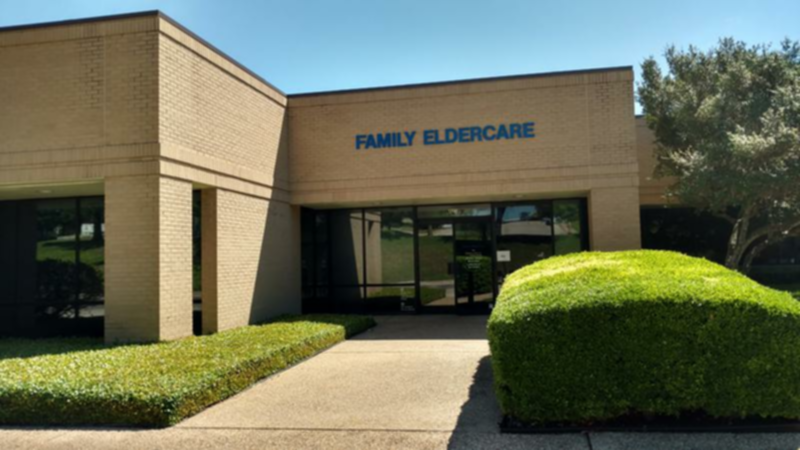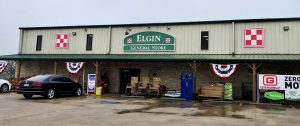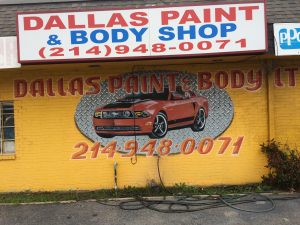An Interview with Charlene Heydinger

Family Eldercare, an Austin non-profit serving seniors and adults with disabilities, is the first solar beneficiary of PACE financing in Texas. PACE financing enabled Eldercare to fund its new cool roof and add solar panels without diverting funds from its core mission.
By Ron Zagarri, TXSES
April, 2019
The Texas Property Assessed Clean Energy (PACE) program is a simple and affordable way to finance energy and water efficiency upgrades for commercial and nonprofit properties. PACE provides low cost, long-term financing for qualified “green” improvements.
Upgrades are paid for over time through a voluntary PACE assessment attached to the property. The improvements add immediate property value and lower utility bills to the extent that they pay for themselves over time with positive cash flows.
Charlene Heydinger is the president of Texas PACE Authority, the administrator of the Texas program dedicated to creating a vibrant market for commercial property owners, and executive director of Keeping PACE in Texas, the trade association created in 2012 to promote Property Assessed Clean Energy financing in Texas.
We spoke with Charlene recently to learn more about the program and its impact on commercial solar development. This interview has been edited for clarity and length.
RZ: I was living in Berkeley when the city pioneered the PACE concept. The appeal to me was immediate because if the loan was used to finance a solar system, for example, the PACE structure kept the property owner in control and the resultant electricity savings and tax credit went directly to the owner instead of a third party. When and how did the Texas program get started, and what was your role in that?
Charlene: The Texas legislature adopted one of the first PACE statutes in 2009, but it had a constitutional deficiency that prevented local governments from adopting the program. An effort in 2011 to address the issue was unsuccessful, so in 2012 four businessmen who saw the value of PACE for Texas businesses and the state formed a nonprofit called Keeping PACE in Texas.
This is a good opportunity to credit these gentlemen, who met at the US Business Council for Sustainable Development. Andy Mangan of that organization, Jim Morris and Steve Block, attorneys at Thompson & Knight, and Michael Gromacki of Dixie Chemical asked me to be the executive director.

The Elgin General Store Solar PV project, rural Bastrop County’s first PACE project, included a grant from the USDA, and is the first TX-PACE project to be financed by a local bank.
I started learning everything I could about PACE programs across the country, including Berkeley and Sonoma County in California, identified potential stakeholders, and listened to Texans about their many perspectives. We drafted a bill that would be as free-market as possible with the technical and underwriting requirements that would assure that the proposed savings could be trusted.
The entire effort had to be market based and voluntary for all participants to be successful, both legislatively and “market wise.” I was blessed to have a year to learn from everyone before the legislation was introduced. We were able to work with some wonderful legislators who were both forward-thinking and collaborative.
RZ: The challenges of pushing the program through the conservative Texas legislature must have been legendary. What kind of reception did the program receive, and how did momentum develop for passage?
Charlene: By developing legislation requiring a pro-market, small government program without mandates, we were able to build a large coalition of people that saw the benefits with minimal risks from their different perspectives. We needed the parties to share their interests and expertise, so we begged for input and we listened when it came.
The TX-PACE program will be successful because it was designed by stakeholders and reflects a great balance of those interests. The group worked toward two unanimous objectives: a uniform program, and a firewall between program oversight and project development, funding, engineering, and any function that can be accomplished in the marketplace. We wanted the power to be in the hands of the property owner.
RZ: What is your background, and how did that prepare you to tackle this role?
Charlene: The path to this role was purely accidental. I grew up in a hardworking, blue-collar family and put myself through undergrad and then law school. I was pretty young when my law school dean suggested I work on Capitol Hill while I figured out what I wanted to do. I loved the policy and process and learned to work with large groups of volunteers from divergent backgrounds who shared a common goal. I had no idea that experience would play such a huge role in the success of building a large coalition in support of Texas’ PACE program.
It was a lot of fun working with parties that included Dow and Dixie Chemical, the Environmental Defense Fund, the Texas Association of Business, the Texas Association of Manufacturers, and the Sierra Club. I am so privileged to work with so many smart, dedicated people.

Dallas Paint and Body, a minority-owned small business, utilized the City of Dallas PACE program to make $74,000 in solar and LED lighting upgrades, making it the smallest PACE project in the state (and first Latino-owned PACE project).
RZ: The individual county governments play a large role in authorizing the program. Do you consider them to be your primary target audience to advance PACE adoption?
Charlene: Absolutely. County and City leaders are dedicated to supporting their local communities and PACE provides a way for organizations to lower operating expenses while updating their facilities. For local communities PACE is a wonderful business retention and expansion tool and it provides a boost for revitalization.
At the same time, local governments want to ensure that their businesses and the local government itself will see the savings from water and energy improvements to these businesses. We’ve worked hard to establish a model, uniform program called “PACE in a Box” that is beneficial to all with the lowest possible risk and no financial impact on the local governments or time commitment from their staffs.
RZ: It would seem to be a heroic effort to bring a property owner, a lender, and the taxing authority together to make a deal. How does PACE in a Box help make that happen?
Charlene: Great question. In fact, you can add a fourth party to the mix, the contractor providing the infrastructure upgrades, whether that be energy efficiency improvements, distributed generation, or water-use reduction measures.
In the end it’s about uniformity–contractors, property owners, lenders, etc. should only have to learn one program, wherever the project is in Texas. Each local government must authorize the program before it’s available, and that is a voluntary decision for each county or city. It takes an enormous educational effort to make local businesses and nonprofits aware of PACE once the local government establishes a program. See “Where is Pace” on the Texas PACE Authority website for a snapshot of local government adoption as of today.
We also spend a great deal of time and resources training contractors, engineers, architects, property managers, etc. so they can develop projects. The PACE capital providers (lenders) often take the lead at identifying potential projects and educating property owners. The eventual mortgage holder must be educated and comfortable with projects, too. There is a ton of information including flyers, case studies and webinars on our website.
We want the private sector to find the highest and best use of the program, and we limit Texas PACE Authority’s role to education, outreach, and project oversight. Texas PACE Authority does not participate in the market because of our oversight role. We don’t ever want to risk our transparency or dedication to the local governments by participating in activities that could be perceived as competing in the marketplace we are entrusted to oversee.
As a 501(c)(3), we are funded by grants from donors like the Environmental Defense Fund, the Meadows Foundation, and Rockefeller Brothers Fund. Our resources are also a function of our success in actually getting projects off the ground, as we collect a user fee from the property owner when the projects are completed.
RZ: What types of properties qualify?
Charlene: Commercial (including nonprofits), industrial (including agriculture) and multifamily properties with at least five units.
RZ: When the project includes installation of a solar system, which party takes the federal solar tax credit?
Charlene: The party that owns the solar equipment gets the federal tax credit. So far in Texas, the solar project federal tax credits go to the property owners. Leases are allowed under the statute, which could mean that someone other than the property owner could retain the federal tax credits, but no one has utilized this option in Texas yet.
RZ: Thank you, Charlene, for your valuable time in what has to be a busy period for you while the legislature is in session. And good luck with the continued success of the program.
